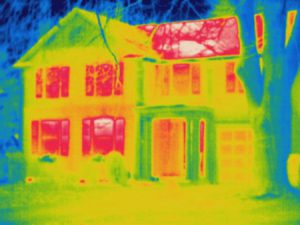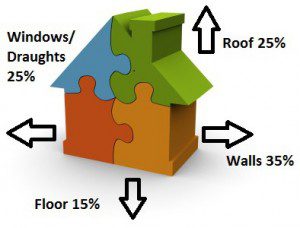Thermal Insulation
What is Thermal Insulation ?
Thermal insulation is generally characterized by any measure taken to reduce the heat transfer (thermal energy) between objects in thermal (conductive), or thermal radiation.
For example, the ability of a house wall to prevent the heat or cold from entering or leaving the home. Thermal insulation is now essential in the construction of a modern building as it is one of the most important factors that is taken into consideration.
 That is why thermal insulation of new buildings is mandatory during their construction, and most owners of old buildings are looking for insulation for their homes.
That is why thermal insulation of new buildings is mandatory during their construction, and most owners of old buildings are looking for insulation for their homes.
The goal of heat insulating materials in a building is to reduce: thermal flow between bodies or spaces of different temperatures.
Thermal insulation reduces heat transfer by treatment or radiation, blocking or reflecting rather than absorbing energy.
With proper thermal insulation we ensure:
Winter
- Very small heat losses so easily have the desired temperature, without much electricity or oil consumption. Especially from the roof that a home loses the highest amount of thermal energy. With a proper insulation we get almost all of this energy
- Great gas or electricity savings
- Stable room temperature, regardless of extreme changes in external conditions
- Avoiding mold in the corners of the ceiling,beams and columns due to the condensation of water vapor on the cold surface
- Beneficial to the environment as the reduction in energy consumption is accompanied by energy savings and reduced emissions from energy production
Summer
- Small heat input from the insulated surface, so easy to cool with less air conditioning

